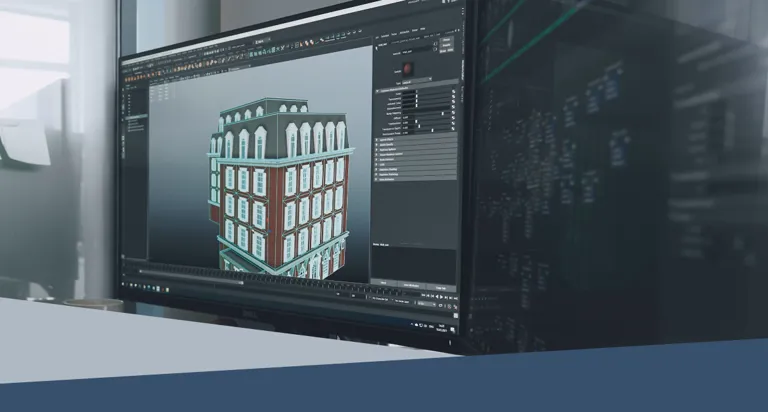Visual aids facilitate design and planning in the construction industry
The construction sector is dynamic, complex and constantly evolving. One of the most prominent changes in recent years is the use of visual aids for design and planning.

These tools have not only revolutionized the way we think and plan, but have also enabled the development of a more efficient and cost-effective construction process. We have made a list of the main changes related to visual aids.
CAD programs - more than just drawings
Computer-aided design (CAD) has been part of the construction industry since the 1960s. But its functionality goes far beyond just creating drawings. Modern CAD programs can simulate physical conditions, perform structural analysis and even integrate with other software to create a holistic view of projects. This reduces the risk of errors and misunderstandings and saves time and resources.
Building Information Modeling (BIM) simulates construction projects in 3D and 4D
Building information modelling (BIM) is a technology that has revolutionized the construction sector. Unlike traditional CAD programs, BIM offers a multidimensional model that includes everything from geometry and geography to time and cost. This makes it possible to perform complex simulations, such as energy analyses and light studies, directly in the model. This is invaluable for making informed decisions during a project. 4D BIM is a further development of 3D BIM and includes the time aspect. This allows the entire construction process to be simulated in a virtual environment, thus providing a better understanding of how a project will evolve over time.
VR and AR allow you to take a step into the future
VR (Virtual Reality) technology has started to make its way into the construction sector, and offers an entirely new level of interactivity. VR glasses make it possible to “walk through” a virtual model of the building, which provides a sense of how the finished structure will look and function. This is not only useful for architects and engineers, but also for clients, who can get a better understanding of how the finished project will look. VR technology has been used for modern urban planning, for example by allowing the general public to evaluate various solutions for a new neighborhood. Augmented Reality (AR) is a technology that superimposes digital information onto the real world. This can be used to show what a finished building will look like in its actual environment, or to give construction workers real-time information about tasks and materials. This reduces the risk of errors and increases efficiency in the workplace.
Drones and 3D scanning provide new perspectives
Drones have become an indispensable tool for quickly and efficiently collecting data from construction sites. They can be used to create 3D models, monitor work progress and identify safety risks. 3D scanning technology can also be used to create detailed models of existing structures, which is particularly useful for renovation projects. There are also other types of robots that can film and perform 3D scans in hard-to-reach and dark places, such as tunnels and ruined buildings.
Visualization of planning and implementation processes
You may not have given it much thought before, but many time-saving and practical solutions for design phases are highly visual. Gantt charts show the different phases, tasks, responsibilities and timeframes for projects in an easy-to-understand graphical form. Process flowcharts can include everything from material flows to labor and time usage. Digital dashboards provide a quick overview of indicators for projects that are running, or buildings that have started to be used.
Visual aids have revolutionized the construction industry by making design and planning more efficient and accurate, as well as less risky. From CAD and BIM to VR, drones and AR, these tools offer a range of benefits that save time and money, while at the same time increasing the quality and safety of construction projects. And this is just the beginning. With recent advances in artificial intelligence and machine learning, we can expect to see even more innovative solutions shaping the future of the construction industry.
